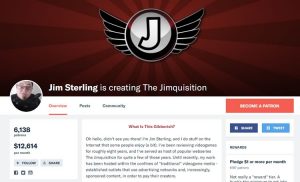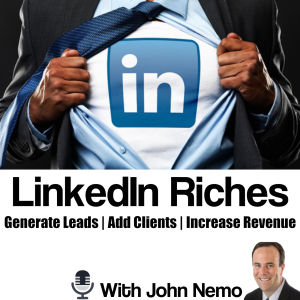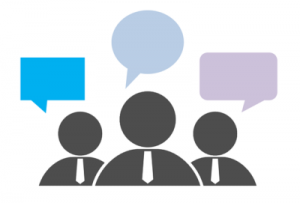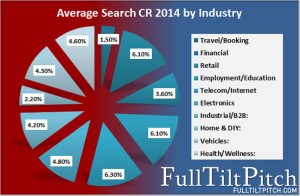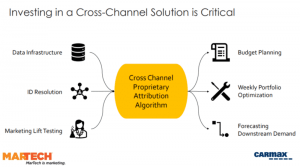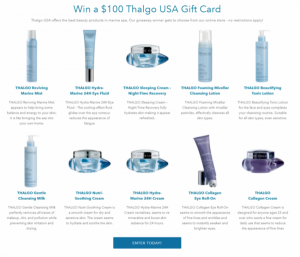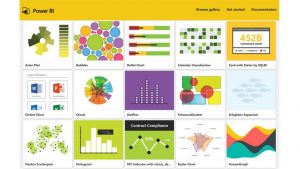Don’t look now, but field events – seminars, roadshows, executive breakfasts – are making something of a comeback in B2B circles. Call it Webinar overload, or perhaps the surge of interest in more personalized, high-touch, account-based marketing. Whatever the reason, in-person events are starting to be more of a fixture on demand gen calendars.
For all their appeal and renewed popularity, however, field events will always be a tough sell to the prospective attendee. Registering for a Webinar or virtual event, by comparison, is an easier decision to make because the commitment is inherently less. Heck, if the event proves to be a complete waste of time, you can just log out and continue work as usual. When you sign up to attend a seminar at a hotel 20 minutes from your office, however, you’re not only committing more of your time, you also need to feel infinitely more confident that the time spent will be a worthy investment.
 And so whereas some of the same techniques that contribute to a successful Webinar invitation, for example, can also apply to an in-person event, seminars and roadshows typically require a much more convincing sell. With that in mind, here are 5 tips to keep in mind when driving attendance to field events:
And so whereas some of the same techniques that contribute to a successful Webinar invitation, for example, can also apply to an in-person event, seminars and roadshows typically require a much more convincing sell. With that in mind, here are 5 tips to keep in mind when driving attendance to field events:
1. Sell the event, not the product.
Yes, you can make this same point about Webinar invitations. However, I’d argue that for online events, the topic and content being presented are paramount; the format, agenda, and speakers for the event: less so. For field events, the nature of the event itself takes on much greater importance. Yes, the topic alone has to grab the invitee’s attention, but that’s not enough. Whatever you do, don’t waste valuable real estate trying to convince the reader how great your product is. No-one cares. Your only objective is getting someone to attend the event. Sell the event, not your product or service.
2. Sell the venue.
Key to selling the value of an in-person event is the environment in which that event takes place. That venue could be the Ritz, it might be your local sales office – either way, you’ll need to convince the reader that he/she wants to spend an hour or more of his/her valuable time in that place. Grab the most flattering building/lobby/interior photos you can and include them in the invitation. (Visuals are key to highlighting the appeal of field events). Stress how easy it is to get to the location – heck, offer valet parking – and include a link to a Google Map.
3. Sell peer interaction.
The same reason that salespeople love in-person events (i.e. they get to personally interact with potential customers) can also be a selling point to the prospective attendee. The opportunity to interact with his/her peers, particularly in the executive ranks, can be an appealing opportunity to share valuable tips, strategies, and war stories. Create an event format that encourages such interaction (pre-event cocktails, post event networking) and sell that interaction as a key reason to attend. Include a list (or logos) of companies who participated in past events, perhaps with quotes from satisfied attendees.
4. Be specific.
Indecision is the enemy of a successful event marketing campaign. Key to convincing prospective attendees that your event can be – without question – the best possible use of their time, is to offer specific, concrete details. That means including an agenda, speaker bios, even a menu if appropriate. Not everything has to fit on an email – a more detailed agenda or speaker info is great landing page fodder and could help you close the deal. Yes, we all know that some details aren’t always fully baked by the time event promotion needs to kick off, but avoid the temptation to settle for invitations that lack clear, compelling specifics.
5. Be personal.
Any event – online or offline – needs to have relevance to your target audience, their concerns, goals, and business pains. But, for field events, the level of relevance you communicate in your invitation and other promotional materials takes on heightened importance. No-one wants to take time out for an event that feels generic. Segmentation is crucial so that your message speaks to specific, industry- or even account-related concerns. Personalization can also play a key role – try to create the sense of one-to-one communication vs. a “campaign.” Consider personalized email follow-up from your top executives – or even directed voicemail – with an invitation to meet up at the event.
What techniques, channels, or strategies have you seen be successful in driving attendance at field events? Feel free to add your experience in the comments.
Business & Finance Articles on Business 2 Community(116)
Report Post
